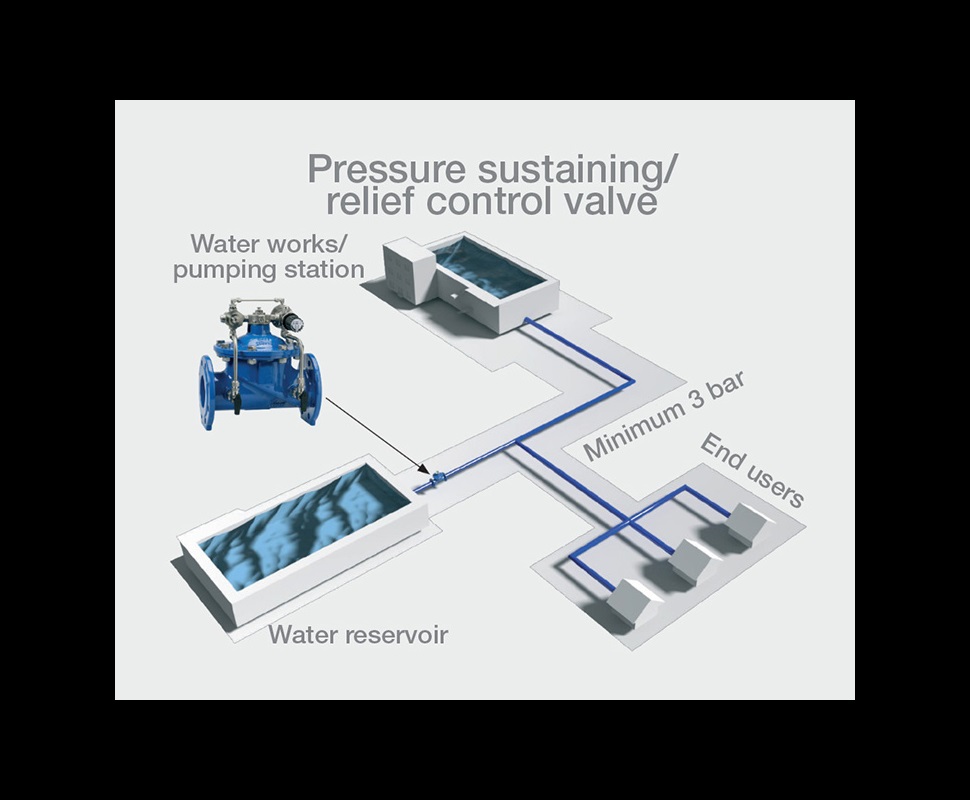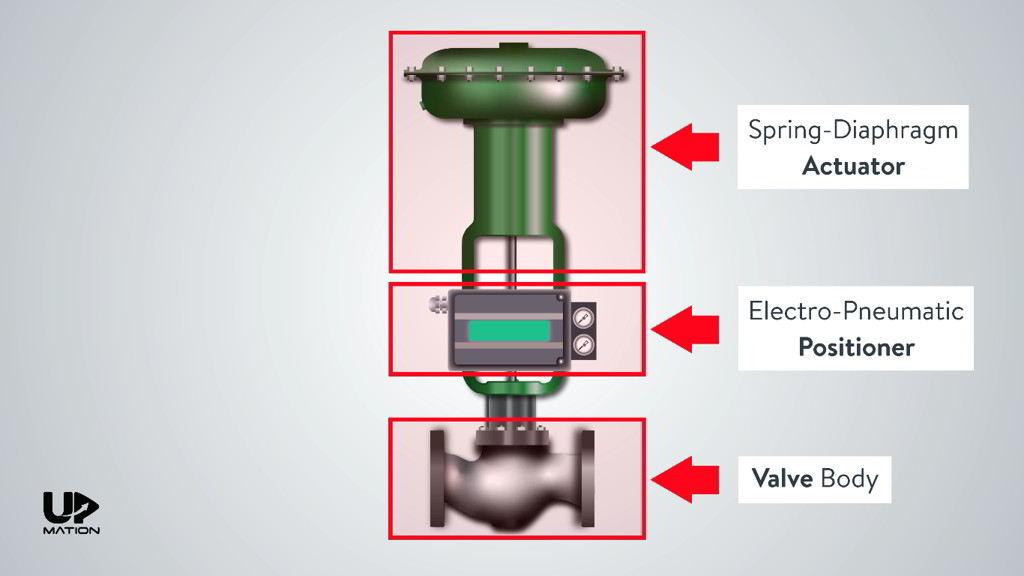Optimizing System Control with High-Performance Control Valves
Optimizing System Control with High-Performance Control Valves
Blog Article

Maximize Energy Financial Savings and Convenience With Advanced Building Automation Controls
In the realm of modern-day design and facility monitoring, the combination of innovative structure automation controls stands as a pivotal innovation. The merging of modern technology and sustainability has birthed a new era where energy performance, convenience optimization, and operational streamlining are no more attainable facts however distant aspirations. By harnessing the power of automation, structures can adjust, react, and advance in methods that were when unbelievable. The potential for substantial energy cost savings and enhanced comfort is not just a promise yet an opportunity waiting to be fulfilled. This standard change in building administration holds the essential to opening a world where environmental conscientiousness and owner well-being harmoniously coexist within the walls of our frameworks.
Energy Effectiveness Conveniences
Energy performance benefits can significantly decrease power intake and operational prices in buildings. Energy-efficient systems, such as innovative structure automation controls, can maximize the use of resources like home heating, lights, and air conditioning, leading to lower power expenses over time.
Additionally, improved power effectiveness can prolong the lifespan of structure equipment and systems. By running a lot more successfully, HVAC systems, light, and other structure components experience much less wear and tear, resulting in lowered upkeep and substitute expenses. Furthermore, energy-efficient structures usually regulate greater residential or commercial property values and rental rates, offering long-lasting financial advantages to owners.
In addition, energy effectiveness can improve resident convenience and performance. Effectively managed indoor settings with ideal lighting and thermal problems produce an even more pleasant and helpful work space, leading to enhanced staff member fulfillment and performance. Overall, the power effectiveness benefits connected with sophisticated building automation controls are multifaceted, encompassing price savings, ecological stewardship, and occupant health.
Improved Comfort Control
Enhancing comfort control in building environments calls for an advanced combination of innovative automation systems for ideal owner well-being. By making use of sophisticated structure automation controls, centers can tailor the interior atmosphere to meet the particular needs and choices of owners. These systems enable precise policy of lights, ventilation, and temperature, producing a comfortable and efficient atmosphere. Owner satisfaction and performance are closely linked to thermal convenience, making it vital to have systems in place that can adjust to transforming problems in real-time.
By integrating these sophisticated controls, structures can not only improve comfort however likewise enhance power efficiency by maximizing system procedures based on actual tenancy and use patterns. Ultimately, focusing on resident comfort via advanced automation systems leads to a more enjoyable and much healthier indoor atmosphere.
Functional Performance Improvements

In addition, the execution of real-time tracking and analytics tools enables building drivers to identify energy inefficiencies and operational abnormalities quickly. By continuously keeping an eye on power use patterns and system efficiency metrics, adjustments can be made in real-time to enhance power usage and make certain peak operational efficiency. control valves. In addition, incorporating need reaction methods into structure automation controls can even more boost operational efficiency by dynamically adjusting energy usage based on grid problems and rates signals
Indoor Environment Optimization
Efficient interior climate optimization is a basic aspect of building automation controls, ensuring passengers' comfort and wellness while making the most of power savings. By pop over to this web-site using innovative sensors and controls, constructing automation systems can constantly change and monitor temperature level, humidity levels, air high quality, and air flow to create an ideal indoor environment. Maintaining regular and comfy problems not only improves passenger complete satisfaction yet likewise boosts you could try these out performance and overall wellness.
Indoor environment optimization additionally plays a critical duty in power efficiency. By fine-tuning cooling, air flow, and heating systems based upon real-time data and occupancy patterns, building automation controls can dramatically reduce power usage - control valves. Applying methods such as demand-controlled ventilation and thermal zoning can help decrease energy waste while making sure that each location of the building receives the needed conditioning.

Sustainable Atmosphere Creation
Structure automation manages not just optimize interior environment problems for energy performance and resident convenience yet also lay the foundation for producing a sustainable atmosphere with strategic monitoring of systems and resources. By integrating advanced structure automation technologies, such as sensing units, actuators, and smart software application, centers can control valves change and keep track of energy use in real-time to decrease waste and reduce their carbon footprint. These systems make it possible for anticipating maintenance, determining potential concerns prior to they intensify and maximizing devices performance to boost durability and efficiency.
Furthermore, lasting setting development expands beyond power administration to include water conservation, waste decrease, and indoor air high quality improvement. Structure automation controls can regulate water usage, find leakages, and make sure correct waste disposal methods, adding to overall sustainability initiatives. In addition, by monitoring and regulating air flow and filtration systems, these technologies enhance passenger wellness and performance while reducing energy consumption associated with HVAC operations.
Verdict
In verdict, advanced structure automation manages deal considerable benefits in terms of energy financial savings, comfort control, operational efficiency, indoor environment optimization, and producing a lasting environment. By carrying out these controls, buildings can attain optimum efficiency while decreasing energy intake and improving passenger comfort. It appears that using advanced automation modern technology is essential in improving structure efficiency and creating a much more sustainable future.
Power effectiveness benefits can significantly minimize power usage and functional expenses in buildings. On the whole, the power efficiency advantages connected with innovative building automation controls are multifaceted, encompassing expense savings, ecological stewardship, and occupant wellness.
In addition, integrating demand reaction approaches into building automation controls can further improve functional efficiency by dynamically changing energy usage based on grid problems and rates signals.
Structure automation regulates not just enhance interior environment conditions for energy effectiveness and resident comfort however additionally lay the foundation for developing a sustainable setting with calculated management of systems and resources.In conclusion, advanced structure automation manages deal substantial benefits in terms of power financial savings, convenience control, functional effectiveness, interior climate optimization, and creating a lasting setting.
Report this page